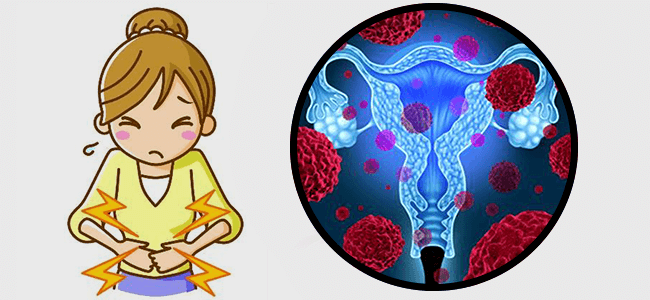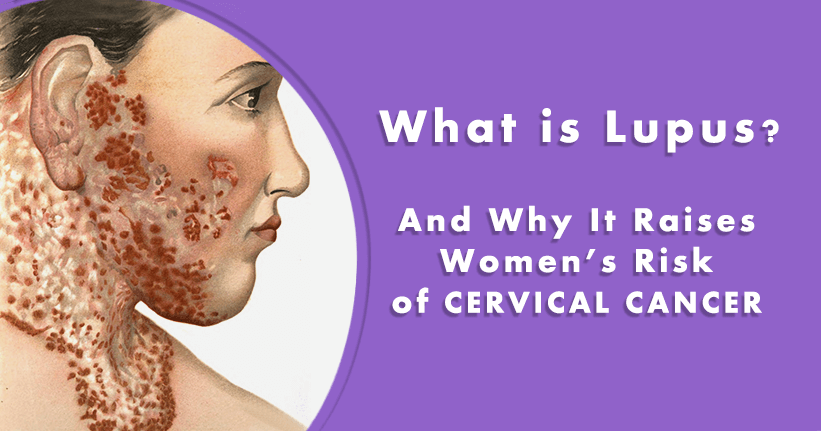Last 2015, popstar Selena Gomez broke the news that would break the hearts of her devoted fans. The horrifying news is that she has been battling lupus and undergoes chemotherapy in treating it. Selena suddenly halted all her music engagements including the promotion of her latest album, which means that she is indeed in dire need of intensive medical treatment. The popstar is just one of the many people suffering from this debilitating disease.
The Lupus Foundation of America reports that an estimated 1.5 million Americans and not less than 5 million people all over the world have lupus. And 90% of the lupus patients are women. Lupus usually occurs between the ages 15 and 45. And some doctors would say that genetic and environmental stimuli can increase the chances of getting lupus. What is more, 72% of Americans who are ages 18 to 34 have never heard or known such disease.
They say that prevention and awareness will always be the best treatment in any disease; thus, one should always be on the lookout about the latest treatments and updates about any disease.
Lupus as The Chronic Autoimmune Disease

An autoimmune disease is wherein the body’s immune system destroys healthy tissues instead of destroying only bacteria and viruses, thus causing inflammation and swelling in the body. Lupus is identified as an autoimmune disease that also makes damages in the joints, skin, heart, lungs, and blood. With lupus, our body’s natural defense system will no longer be able to determine which are antigens and healthy tissues. This disease has been identified since the early 1230s to 1856. Lupus is not contagious and ranges from mild to even life-threatening cases.
Types of Lupus

There are different types of lupus that affect the current population. These are discoid lupus, neonatal lupus, drug-induced lupus, and the most common one systemic lupus erythematosus or SLE. Discoid lupus can be characterized as causing rashes that appear on the face, neck, and scalp. Neonatal lupus is the rarest type of lupus. This occurs when a mother passes autoantibodies to a fetus. With this, skin rashes and complications in the heart and blood will occur in the unborn or newborn child. Drug-induced lupus, on the other hand, is when there is a reaction when a person takes prescription drugs. This type of lupus causes inflammations or complications similar to SLE. However, when the person stops taking the drugs, the lupus eventually starts to subside. SLE is considered the most severe type of lupus. It affects any body organ or system. Patients present inflammation in the skin and problems in the joints and others have complications in the heart, lungs, blood, and kidney. The disease is active when there is flare.
Lupus and Cervical Cancer

In the previous years, studies linking lupus to cervical cancer have produced conflicting results. However, just lately, medical professionals sought to the Sweden’s National Patient Registry, Swedish National Cervical Screening Registry, and the Swedish Cancer Registry to study more links between lupus and cervical cancer. Cervical dysplasia or the abnormal growth of cells in the lining of the cervix is often caused by human papilloma virus and will lead to cervical cancer. Cervical cancer stage 0 is an early form of cervical cancer and is considered as pre-cancer. This is due to the cancer cells being into the surface only and not penetrating the deepest layers of the cells. Survival rate for cervical cancer varies depending on various factors such as race, cancer stage, and others. The cancer stage is one of the important determinants to know the survival rate. Results from studies show that women with SLE have twice the risk in developing cervical dysplasia and even invasive cervical cancer. Those who are undergoing immunosuppressant medication have the highest risk. Age, sex, utilization of healthcare, marital status, history, education, number of children, and cancer screening were all taken into consideration during the study.
In these challenging times, cervical cancer organizations like Liger Medical Global are offering the best medical help for women. Dedicated unto providing cutting-edge medical equipment and solutions for the prevention and treatment of cervical cancer, Liger Medical Global is complete with cost-effective products and services for ensuring holistic women’s healthcare.
Although 10 to 15% of lupus patients die prematurely because of complications, these are halted or can be prevented through improved diagnosis and disease management. Thus, it is important to highlight that regular cervical cancer screening for women with SLE and those under immunosuppressant drug treatment is highly important. Cliché it might sound but prevention is always better than cure.


